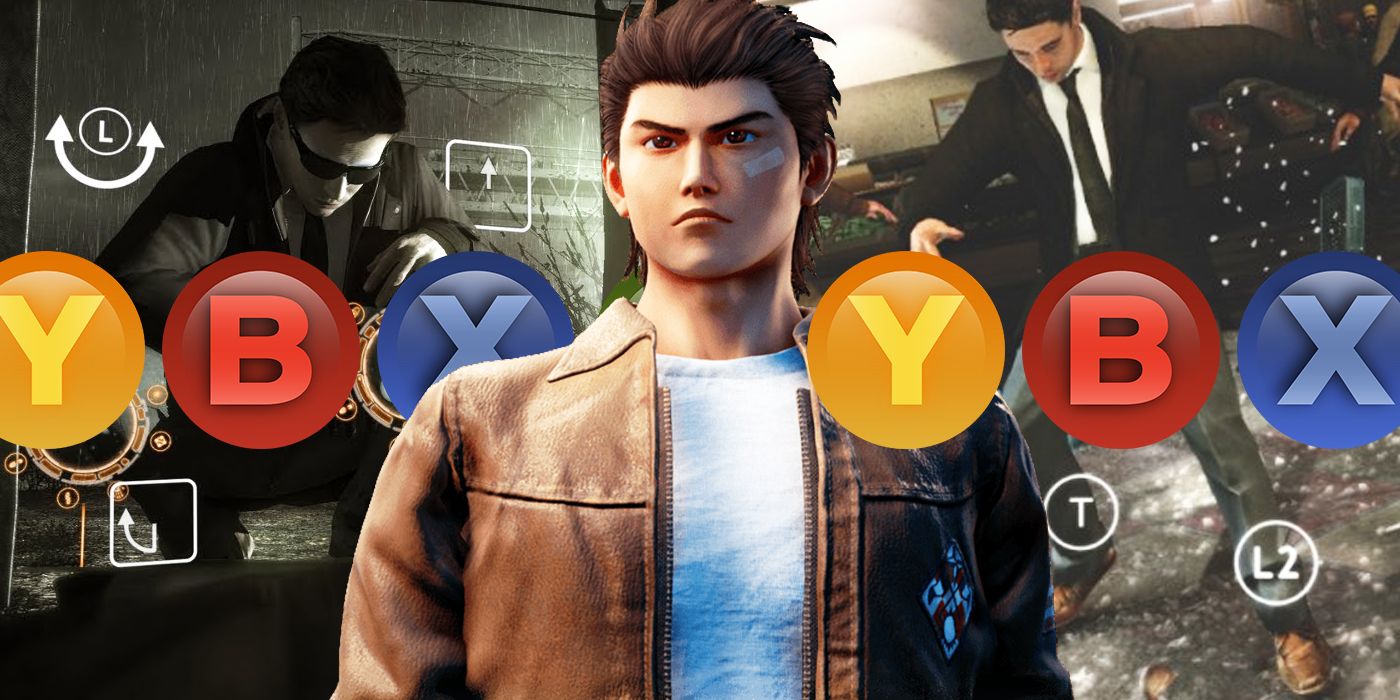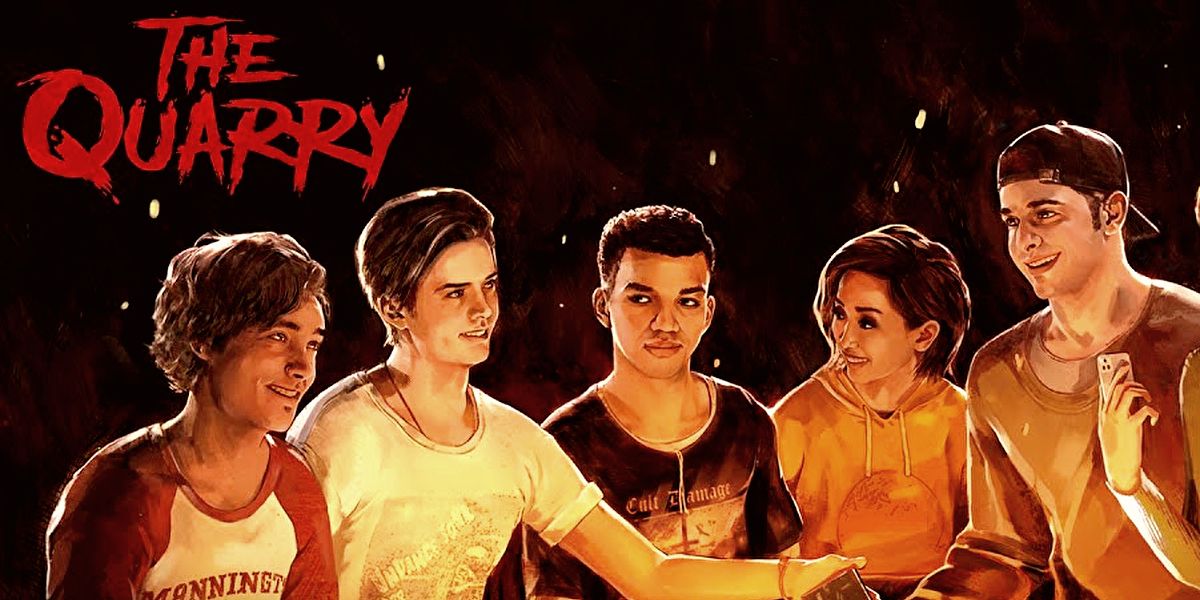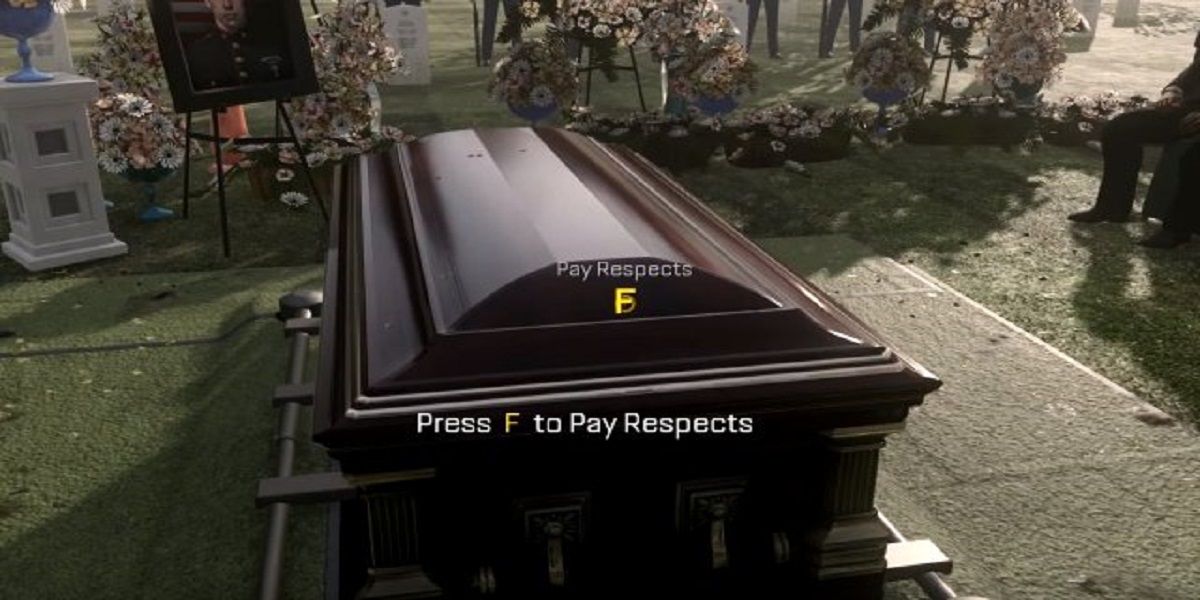There are few things in gaming that seem to trigger such vociferous ire as quick time events. Even in an age plagued by petty microtransactions, pay-to-win play models, and the perennial issue of toxic fan bases rendering some games practically unplayable, QTEs seem to provoke a very specific, heated reaction in those to whom they are anathema.
Classifications do vary somewhat, but the general consensus indicates that a true QTE must be a context-sensitive mechanic that requires prompting and is only available for a limited duration, distinguishing it from a simple prompt or action button. Button mashing, for instance, is an adjacent contextual mechanic, but few would define it as a pure QTE mainly because of its emphasis on repeating the same action rather than timing a single press or series of presses.
Quick time events have been around for years, first appearing in games like Dragon's Lair and Road Blaster in the 1980s. These titles relied far more heavily on prompt-based gameplay because it was a simple and effective way of producing some form of player interaction when complex mechanics and sophisticated hardware were still very much a long way off. It would be a few years before Yu Suzuki's 1999 Sega adventure game Shenmue would be credited with further popularizing the QTE, with most gamers ascribing the coining of the phrase to Suzuki himself.
Even as games have grown more advanced and far more mechanically diverse, quick time events have never really gone away. In fact, it feels as though they reached their apotheosis during the seventh and eighth generations of console gaming, with titles such as Heavy Rain, Gears of War, Tomb Raider, and Marvel's Spiderman all utilizing these contextual game events to varying degrees and in a variety of different contexts.
Despite many gamers' derision, QTEs continue to appear almost as a matter of course, popping up in Uncharted 4, Until Dawn, and more recently in survival horror game The Quarry, implying that they must have some technical function that justifies their continued inclusion. The theory for those in support of the beleaguered mechanic is that in the right hands, a well-made QTE can improve immersion by still giving players an active role in proceedings, transforming a simple cutscene into an experience that still resembles a game rather than a movie.
When Johnny Cage faces off against Scorpion and Sub-Zero in Mortal Kombat X, the player feels more involved because they feel a sense of control over Johnny's actions. This, combined with other environmentally contextual events such as button mashing maintain the essential purpose of games as an active medium alive.
This is arguably one of the most convincing rebuttals for the arguments of those who claim that QTEs are redundant because they require little to no skill -- only reflexes and the ability to distinguish the X button from triangle or square. The point, then, isn't to challenge players, but t keep them invested in whatever event is happening on-screen when the main action has subsided.
For others, quick time events remain such a source of fury not because they require so little skill but because they perform an inherently arbitrary function. They argue that a cutscene should be able to immerse a player adequately without having to resort to needless button pressing. It's also a valid assessment that many QTEs serve no relevant function because they have so little consequence.
For instance, in the case of Spiderman: Miles Morales, most QTEs don't affect the outcome of the events chosen. If Miles fails to stop a baby in a stroller being trampled by Rhino as he rampages through a shopping mall, Peter Parker will swoop in and save the infant anyway. Conversely, a sequence in Heavy Rain in which FBI agent Norman Jayden chases down a suspect is determined by whether the player fails or succeeds at each timed prompt. The infamous Spiderman 3 “I’m Going to Die” meme, meanwhile, is only consequential up until the point the player must reload the mission and try again.
The Quarry was built around using QTEs and contextual events as core mechanics. Some of these events may be incredibly stupid and arbitrary, especially one instance where a QTE is used to perform a simple high five. However, it also affects how many of the teen travelers survive and how the game's ending ultimately pans out. God of War's use of QTEs is usually seen as one of the franchise's strengths and one of the mechanic's best uses because they come as a reward for the player's hard work in beating a boss, the button presses feeling like delivering the final blows.
Sometimes, however, these sorts of events are merely misplaced, arbitrary, and downright bizarre, such as Call of Duty: Advanced Warfare's infamous "F to pay respects" prompt. While not being within a timed window renders this outside the definition of a "pure" QTE, Sledgehammer Game's bizarre implementation of the mechanic does seem to typify everything that's wrong with its usage. At other times, actions occur regardless of whether the player presses anything or not, making them feel useless and utterly unnecessary.
It seems, then, that QTEs are just another tool in the developer's arsenal to be used as and when is appropriate. A good quick time event should enhance players' experience and immerse them in the action rather than detract from it or act merely as an arbitrary mechanic included to mask other hidden deficiencies. Whatever perspective one has, if recent trends are anything to go by, these divisive additions aren't going anywhere anytime soon.




